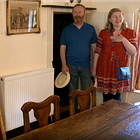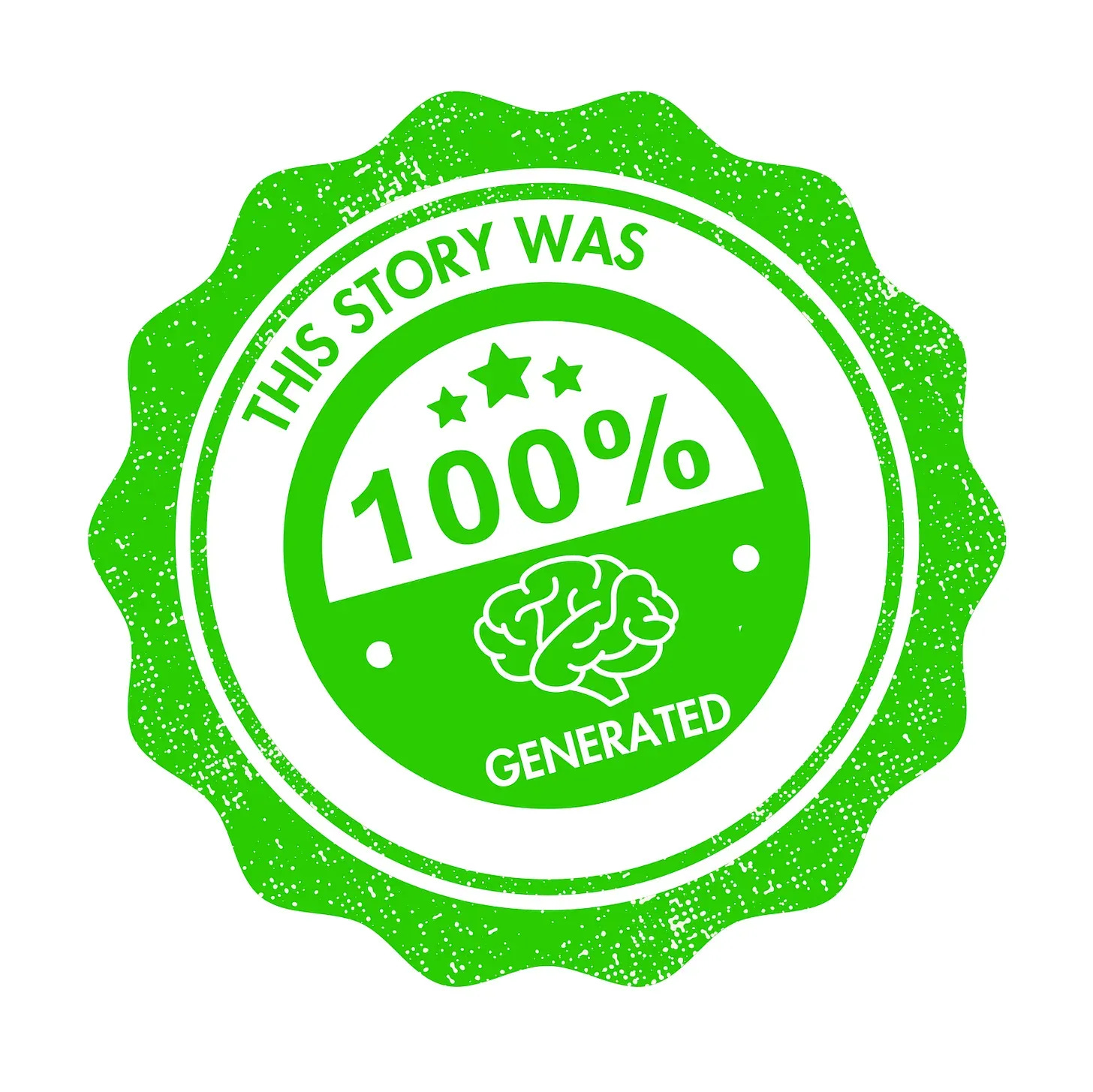Harnessing Mental Pictures
Practical tips for applying to your stories
Hey friend,
How are you? I hope you’re enjoying the weekend.
Yesterday, while vacationing out of town, I took a cab to meet friends.
Five minutes in, the driver received a call.
It was an earlier passenger asking if he had seen her headphones left behind.
I immediately pictured those tiny white AirPods, stuck in a crack in the backseat cushioning.
A few years back, I lost my left AirPod while simply walking down the street.
So I know how easy it is to lose them and that bitter feeling when you need them and they’re gone.
“Do you see any headphones in the back?” The driver broke my rumination.
I looked to the right then to my left, and then I saw those giant black headphones.
“Yes! Found them!” I replied.
How can someone possibly forget such a large object?
Mental Pictures
We constantly create mental images based on our past experiences and then expect certain outcomes when faced with new information.
It’s part of our ancient survival instincts.
For example, ordering a veggie Pad Thai at a new Thai restaurant a friend recommended, expecting it to have rice noodles (the protagonist), carrots, green onions, tofu, chopped peanuts, eggs etc., right?
If your dish arrives with no tofu and peanuts and the overall plating and flavors are completely different from what you expected, you’ll rightly be disappointed.
On the flip side, if it’s your favorite Thai restaurant you’ve been going to for years, your mental picture of their Pad Thai, flavors and plating - and what you actually get - is the same.
I touched on our unique capability to vividly visualize future events that have never happened yet in:
Knowing this, then…
When you plan to tell a new story - be it an investor pitch deck, work presentation or a whole ad campaign - realize this simple truth.
People will treat the new information, like visiting a new restaurant.
They’ll conjure mental images based on their personal experiences and expect certain outcomes.
Two ways to leverage this:
Matching: Considering you’ve done a proper research to better know your audience, your story should feel to them like that familiar “menu from their fave restaurant” addressing their specific needs with fun surprises
Planting: You can also plant strategic gaps in your story, you want your audience to ask you about. This is especially effective during a Q&A session in live investor pitches or interactive campaigns.
I bet even while reading this short story today, a bunch of mental pictures came across your mind of similar events you’ve experienced or even completely the opposite.
No worries, all good :) It’s your “camera’s recording memory…”
See you next time!
Best,
- Shlomi
Shlomi Ron
Founder, Visual Storytelling Institute
shlomi@visualstorytell.com
story > visual > emotion > experience
Loved this post? Take your visual storytelling skills to the next level as a Narrative Partner. You’ll get:
The “Top 10 Business Storytelling Formulas” eBook—practical frameworks to craft marketing that captivates and converts.
Exclusive content + bi-weekly Sunday insights to sharpen your narrative thinking, decode trends, and apply visual storytelling with confidence.
Full archive access for endless inspiration, fresh ideas, and proven techniques—ready whenever creativity strikes.
A quarterly “30-minute” personalized coaching session to up your visual storytelling game.
Start your 7-day free trial and grow into the storyteller your brand needs.





